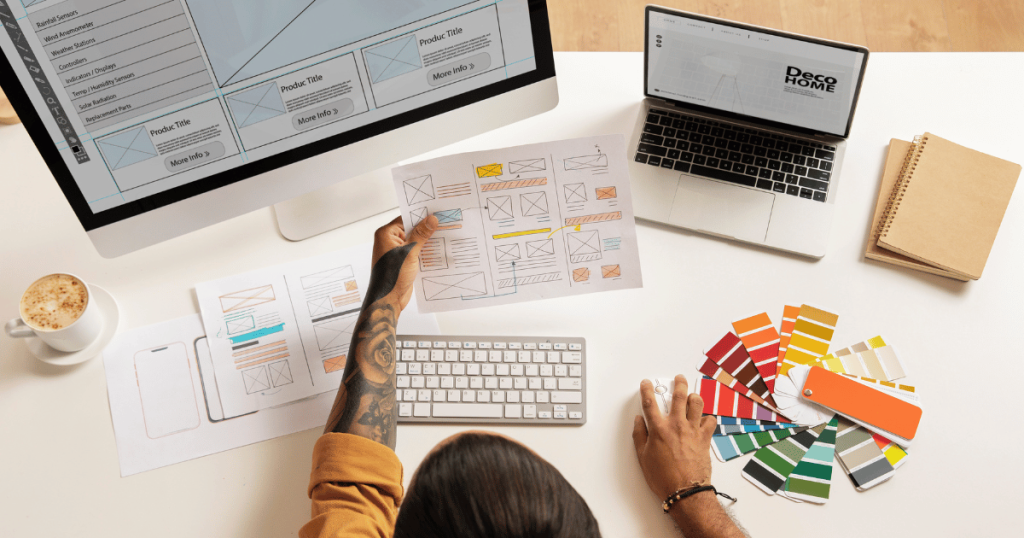When Traffic Doesn’t Convert
You’ve done everything right — launched a beautiful website, invested in ads, maybe even climbed a few spots on Google. But the leads? Barely trickling in.
This is one of the most common frustrations among Malaysian business owners: they get the clicks, but not the clients. The truth is, traffic means nothing if your website doesn’t convert visitors into customers. That’s where smart web design comes in.
A high-performing website isn’t just a digital brochure — it’s your best salesperson, working 24/7.
What “Smart” Web Design Really Means
A smart website is built with strategy, not just aesthetics. It blends design psychology, SEO Marketing, and user experience to create a flow that naturally guides visitors toward taking action.
If your website looks good but fails to deliver results, it’s likely missing one of three key elements: clarity, trust, or direction.
1. Clarity: Make It Instantly Obvious What You Offer
Within the first five seconds, a visitor should know exactly:
- What your business does.
- Who it’s for.
- How to take the next step.
That clarity doesn’t come from fancy visuals — it comes from clear messaging, strategic headlines, and structured layouts.
Example:
Instead of saying, “We create websites for modern businesses,” say, “We design conversion-focused websites that turn visitors into clients.”
Every word should move the user closer to a decision.
2. Trust: Build Credibility Through Design
People don’t buy from websites they don’t trust. That’s why Corporate Web Design and Web Design KL strategies prioritize credibility elements like:
- Client logos and testimonials.
- Case studies with measurable results.
- Secure HTTPS certification and professional branding.
Even small design details — consistent fonts, professional spacing, and aligned visuals — subconsciously signal reliability.
Your goal isn’t just to look modern; it’s to feel trustworthy.
3. Direction: Guide Visitors Toward Action
Every great website is built around one main goal: get users to act. Whether that’s making a purchase, booking a call, or filling out a form, your design should guide them there effortlessly.
Key techniques:
- Use bold and clear call-to-action buttons (like “Book a Free Consultation”).
- Place CTAs strategically after each section of value.
- Remove unnecessary distractions that lead visitors off the conversion path.
Smart design anticipates user behavior and eliminates friction.
4. SEO and User Experience: The Hidden Duo
A great-looking website without SEO Marketing is like a store in the desert — beautiful, but empty. On the other hand, ranking well without proper UX means people will leave before they buy.
The winning formula combines both:
- Optimized titles and keywords like “Web Design KL” for visibility.
- Fast load speed, mobile responsiveness, and intuitive flow for retention.
Together, they create a system that attracts, engages, and converts.
5. Analytics: Design That Learns
Smart web design doesn’t stop at launch. It evolves based on data.
By tracking user behavior — which pages get clicks, where visitors drop off, what devices they use — you can refine your layout for even higher conversions.
The most successful businesses in Malaysia don’t just design websites; they design sales machines that improve over time.
A smart website is not about flashy design — it’s about purpose. It connects the dots between aesthetics, performance, and psychology.
So, if your website is getting visits but not results, don’t just redesign it. Rethink it. Align it with your business goals, user intent, and marketing strategy.
Because at the end of the day, it’s not about how many people click — it’s about how many become clients.



